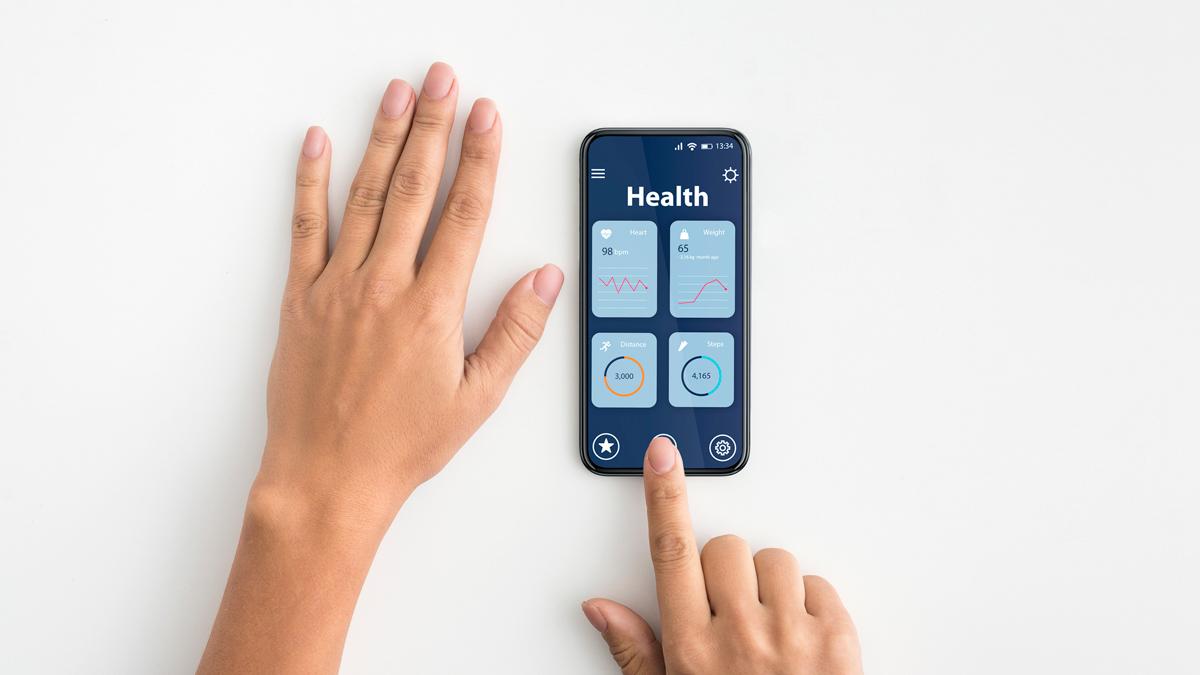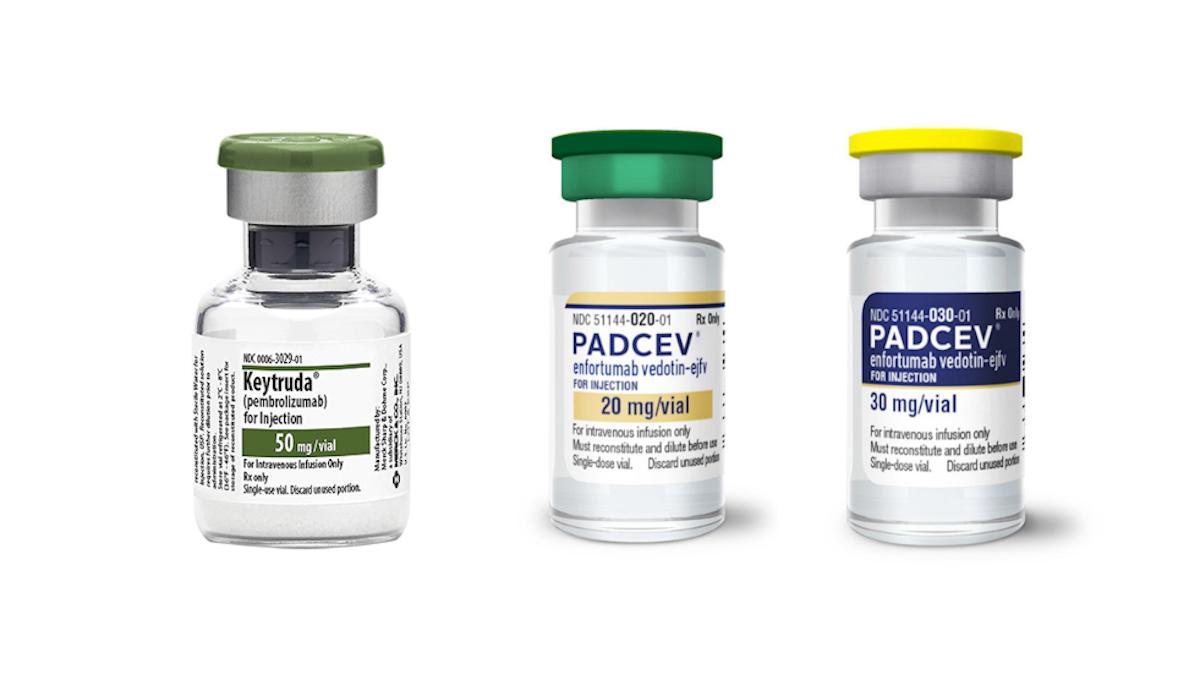How to overcome hurdles to HCP and patient adoption of digital health initiatives

The digital market is flooded with health apps. In fact, over 90,000 offers were introduced to patients and healthcare providers alike in 2020 alone, with this number continuing to rise in response to mounting healthcare system pressures.
It therefore comes as little surprise to learn that 53% of all digital health apps are uninstalled within 30 days of download. People are more than happy to trial them, but fail to achieve continued adherence, oftentimes because the app hasn’t provided them with sufficient enough value to justify usage.
Standing out and ensuring app ‘stickiness’ has thus become imperative, especially considering that even successful, well-developed ventures can fail if continued adoption doesn’t follow. Take Pear Therapeutics, for example, which recently went bankrupt, despite the fact that its reset substance use disorder programme was the first ever digital therapeutic tool to receive FDA clearance.
So, how can the hurdles to continued healthcare provider (HCP) and patient adoption be overcome in this saturated landscape?
In order to answer this question, its important to first understand what the challenges are.
What are the hurdles for healthcare providers?
1. Market saturation
More often than not, healthcare providers will overlook valuable apps simply because there are so many of them already on the market. Unrivalled quality and proven long-term results are required to stand out and make them take note.
2. Interoperability
Doctors and nurses are busier than ever. As such, logging into multiple systems daily poses a challenge. HCPs require system interoperability for seamless data access if they are to adopt and continue using a specific digital health product.
3. Data security
Given their professional duty to protect patient data, HCPs are naturally reluctant to make use of any new technologies that might compromise data security, too. All compliance and security information must therefore be made accessible to them.
What are the hurdles for patients?
1. App selection
Much like healthcare providers, patients can quickly become overwhelmed by choice. It can also be difficult for them to find an app that aligns best with their needs, particularly given that people tend to have multiple concerns or comorbidities and want an app that covers as many of these needs in one place, to avoid spending too much time recording details in multiple systems.
2. A lack of added value
Whilst symptom tracking for a specific condition can be useful, apps often fail to add sufficient value to patients lives, leading to discontinuation in use. With apps, its very much a case of ‘out of sight, out of mind’, so, people need a valid reason to return on a regular basis. A lack of personalisation or limited integration with other healthcare apps can thwart this just as much as a lack of validation, regulatory oversight, or unreliable data accuracy. An absence of healthcare provider involvement will only exacerbate the disconnect between the app and the user’s overall healthcare journey.
3. A need for comprehensive solutions
When patients are forced to use different apps for different, often interrelated, health conditions, they can soon become frustrated, feeling that they have to simplify their struggles to conform with the requirements of each system. They might be asked a question about chest pain, for example, only for this to be immediately flagged as an emergency, despite the fact that they themselves know that this is actually due to hypermobility and costochondritis. They may therefore avoid recording this pain altogether, eroding their trust in the app’s capabilities and meaning any doctors involved in their healthcare via the app aren’t getting the complete picture, either.
Why is it difficult for pharma and healthcare companies to achieve this in their digital offers?
Unfortunately, it can be difficult for companies to overcome these barriers using traditional development methods.
An alarming 80% of digital health solutions fail from pilot to scale, usually due to the high costs and long development times that app building entails.
When building from scratch, the average minimum viable product (MVP) takes up to 24 months to develop, making it difficult to keep up with and respond promptly to evolving, real-world needs and concerns. Whilst full ownership over the creative process can be a benefit, it usually comes at a million-dollar cost – something that’s simply not worth it, given that the wait to launch, on top of continuous maintenance costs and the need to hire developers, can outstrip any profits. Pear Therapeutics proved an excellent case in point.
Vendor-led, off-the-shelf solutions can also be costly, in addition to being difficult to scale. Whilst they can offer greater speed to market in certain cases, adaptations very much depend on the vendor, with a lack of flexibility making it difficult to scale across other disease states. As such, customers remain frustrated with their limited apps.
Whilst standard PaaS (platform as a service) solutions can help to resolve this lack of real-world applicability to a limited extent, companies are still held back by the tech vendor, which continues to restrict flexibility whilst charging for each change or customisation. As a result, pharma and healthcare companies ultimately find themselves struggling with adherence, due to the lack of personalisation, agility, and timely deployment.
What can be done to resolve this problem?
Low-code no-code platforms designed specifically for the healthcare and pharmaceutical sector provide an affordable, compliant way out of this rut.
Put simply, low-code no-code platforms provide a visual approach to development, where companies can ‘drag and drop’ their desired app features and components from a pre-existing library into an easy-to-use interface to create a digital health tool – no development experience required. This ultimately means that they are no longer reliant on the tech vendor for changes and can make as many changes as they like, when they like, quickly and easily in response to user needs or feedback in almost real time. This goes a long way towards creating an app that adds real value, ultimately securing improved adherence from healthcare providers and patients alike.
Another benefit of no-code development is scalability. Once you’ve created a product that works well for one condition or regional area, it’s easy to replicate it for others. This opens the doors to wider ranging solutions that add greater value, without placing too much initial strain on the budget or risking early failures by investing all funds into a large-scale app before learning what works.
Likewise, the more sector-specific no-code platforms facilitate greater integration with other healthcare systems, making it easier for doctors to access patient data without having to deal with multiple logins or added stress. When patients see that their data is of use to their doctors and care teams in this way, they are much more likely to continue using tools, too.
Of course, compliance is essential too, meaning it’s vital to opt for a regulated platform designed specifically for pharma and healthcare sectors. With regulated no-code, pharma and healthcare providers can easily adhere to complex standards whilst also adapting to any evolutions in compliance frameworks.
Navigating the future of healthcare with no-code precision
The adoption of digital health initiatives by HCPs and patients alike necessitates a revolutionary approach. Low-code, no-code platforms offer a solution to the myriad barriers standing in the way of success, ensuring a seamless, cost-effective, and adaptive journey towards a future where digital health tools are not just an option, but a value-adding necessity.












